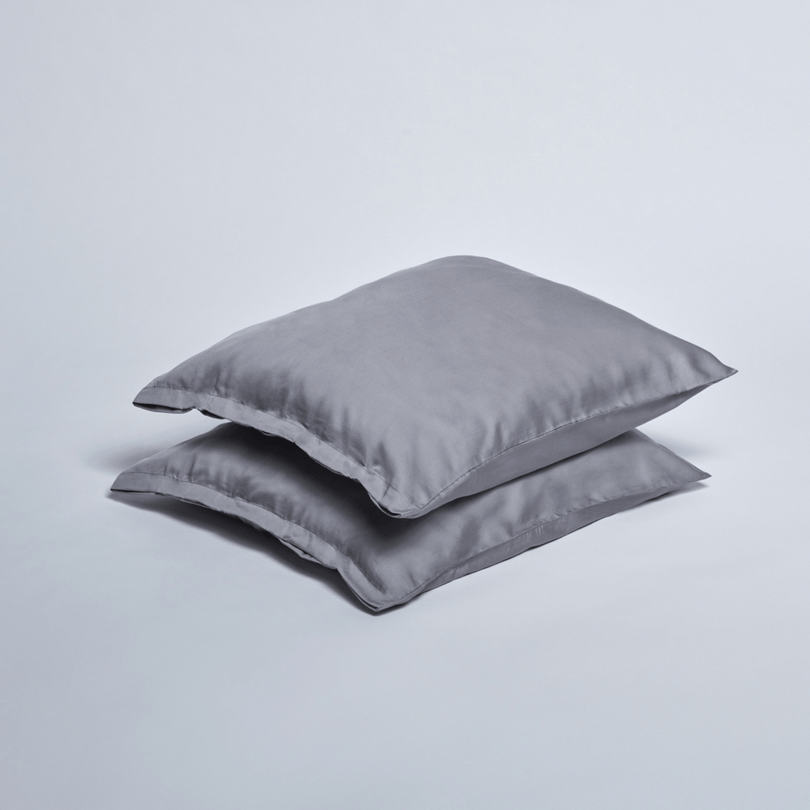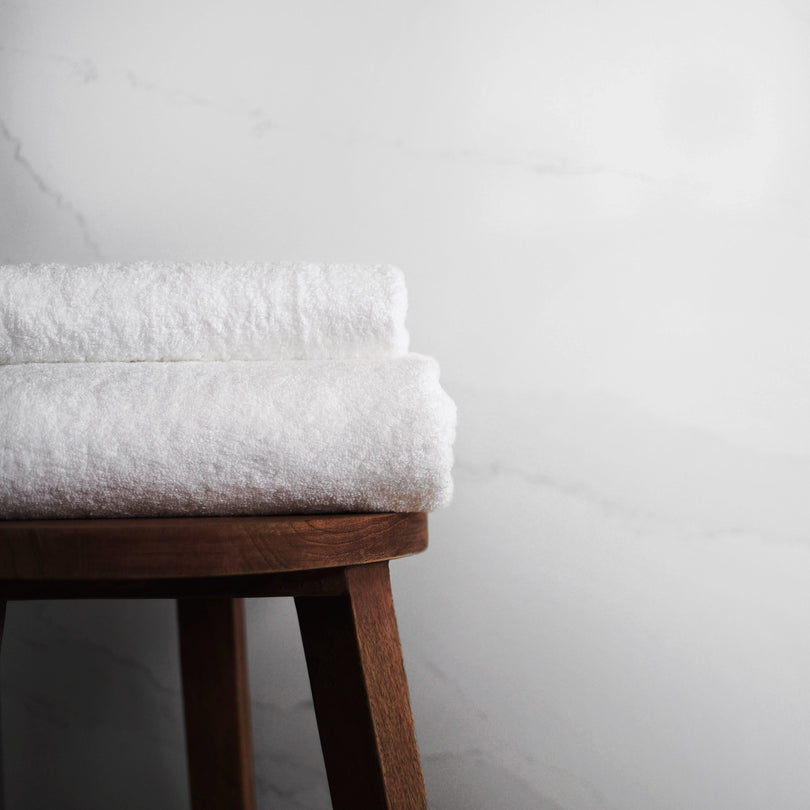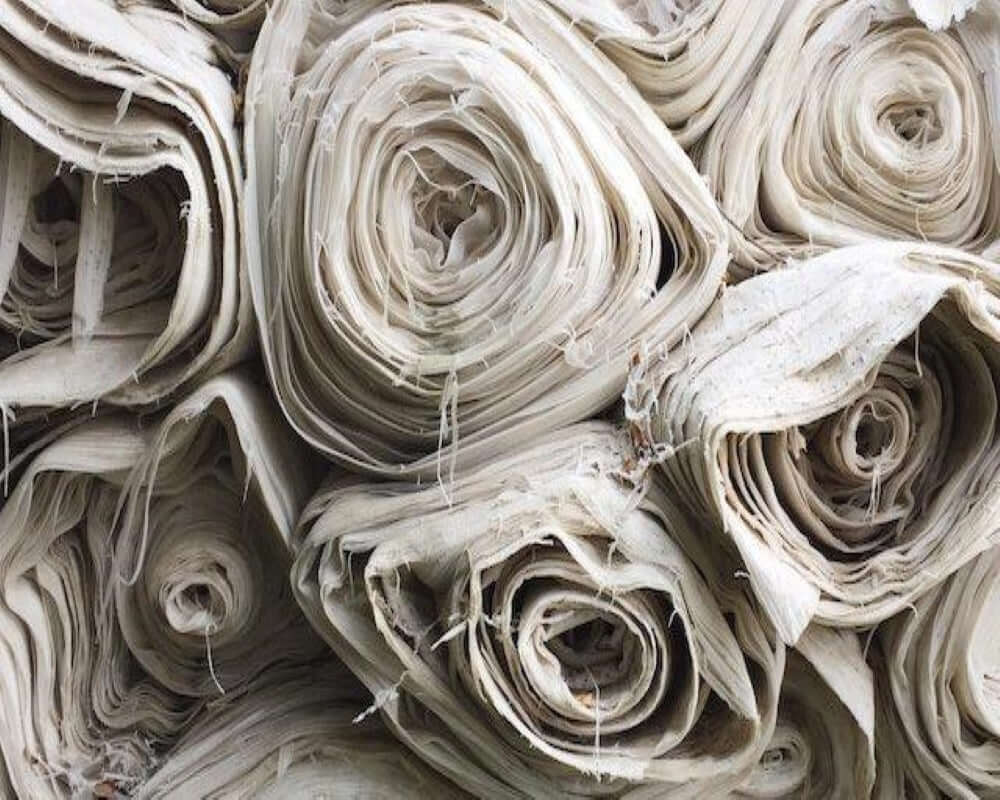Cotton is "natural" and therefore always good?
Cotton is one of the most common materials used in clothing and bedding. It's easy to think that natural materials like cotton are good for nature. Unfortunately, this is not entirely true. The cotton plant needs a lot of sun to grow and about 200 frost-free days, i.e. a fairly warm climate. Much of the cotton we buy is grown in southern Asia. The plant also needs a lot of water, which means irrigation is usually required.
Water
Growing cotton uses large amounts of water for irrigation, but processing the cotton into fabric also requires a lot of water. For example, an average of around 2 700 litres of water is used to make a t-shirt and around 11 000 litres to make a pair of jeans. The problem is that in many countries where cotton is grown, clean water is in short supply, so even if the cotton gets enough water, it's not guaranteed that the people living there will get it. One of the most telling examples is Lake Aral, which was once the fourth largest lake on earth, but today has only about 10% of its original water content left due to intensive cotton cultivation in the area.
Chemicals
Many pesticides are used on cotton farms to keep insects and weeds at bay. Cotton farms make up only 2.5% of the world's cultivated farmland, but 25% of the agrochemicals used are applied to cotton fields. These are pesticides containing dangerous chemicals that harm cotton farmers and the environment.
When the cotton is harvested, additional chemicals are often needed to produce textile fibres and to bleach, dye and print the fabric. Garments that are transported long distances are treated with chemicals to prevent mildew on the road. When the garment is purchased, there is a risk that residues of the hazardous chemicals remain and affect the wearer through the skin. Instead, some chemicals wear off and end up in the dust we breathe in.
What can I do?
* Don't throw away clothes/bedding unnecessarily without trying to repair them if they break or give them away if you get tired of the way they look.
* Choose other fibres. There are materials that are produced in a way that is better for the environment and don't require as much water. For example, lyocell.
* Buy second-hand. Second-hand clothes are used and washed, so the chemicals that were in the fabric are largely gone. It also reduces the environmental impact because no new product is made for you.
* Spread the knowledge to friends and family.






